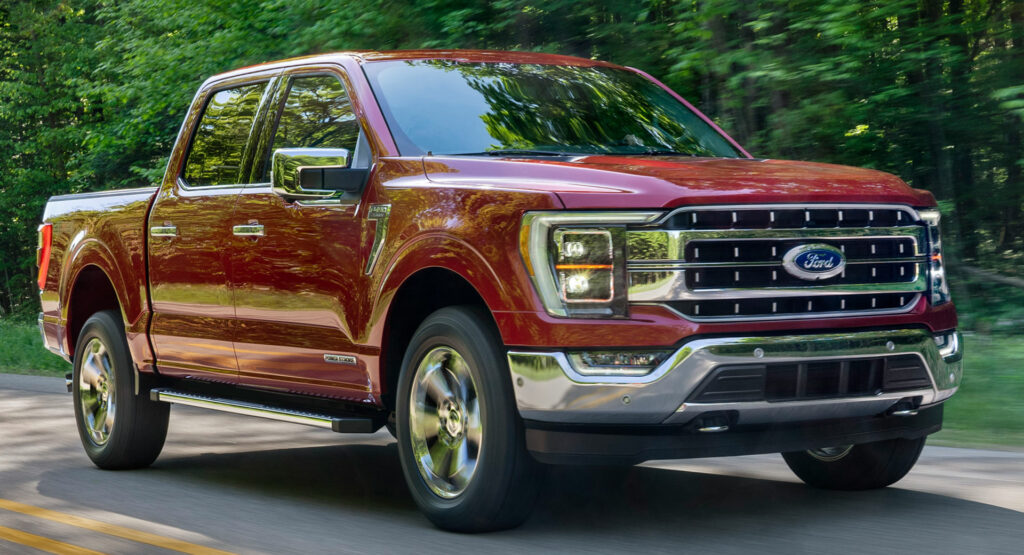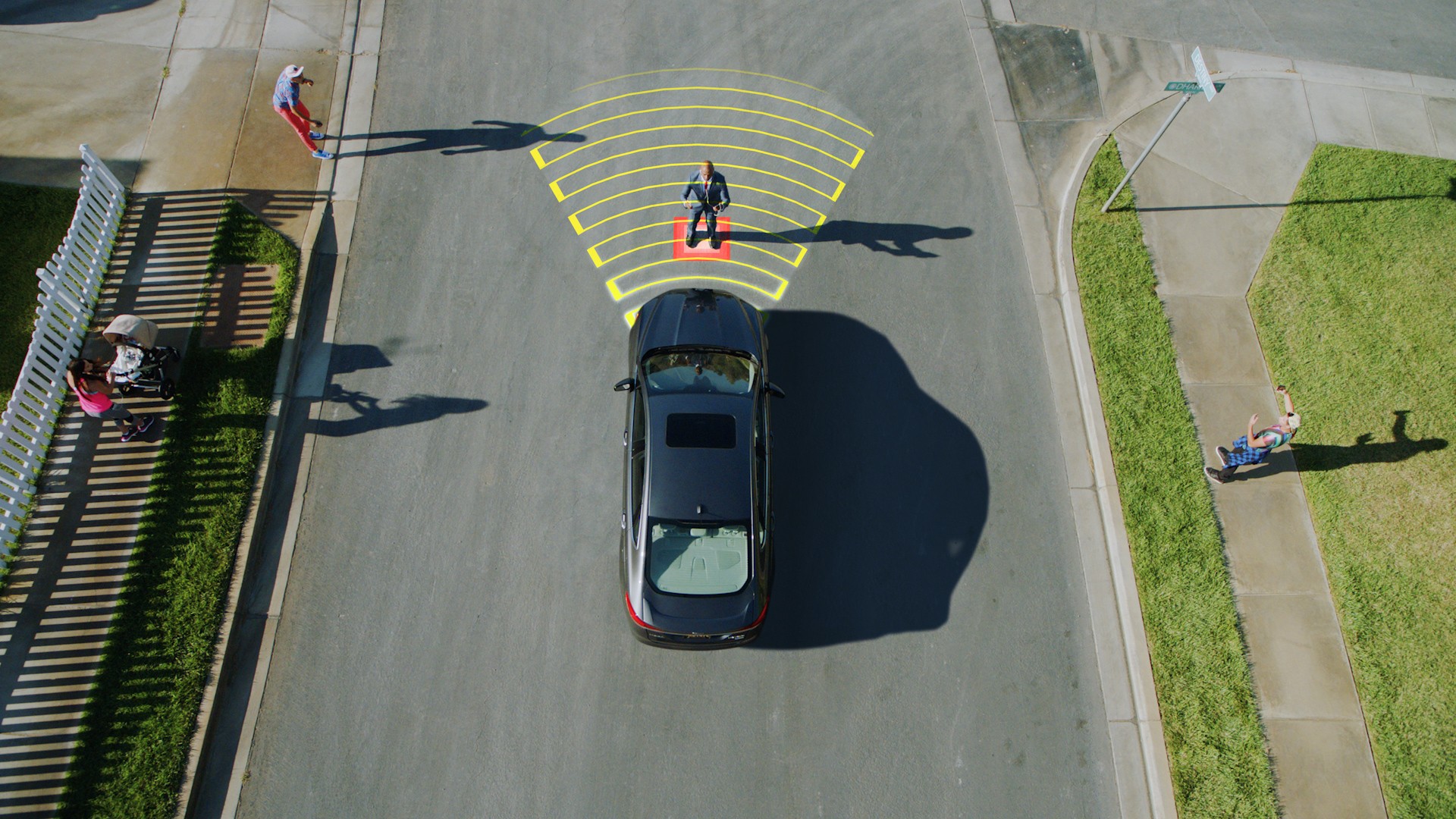People carry their smartphones everywhere and Ford is looking at them as a way to increase pedestrian and bicyclist safety.
As part of a research project with Commsignia, PSS, Ohio State University, T-Mobile and Tome Software, the automaker is exploring using an app to alert drivers about nearby pedestrians and bicyclists.
As the automaker explained, users would download an app that uses the Bluetooth Low Energy protocol to communicate their location to nearby Ford vehicles. If the vehicle determines there is a potential for a collision, it could alert drivers and show them the location of the pedestrian or bicyclist even if they’re not visible to the human eye.
Also Read: Audi Working On Connected Technology To Protect Cyclists On The Road
The technology has a number of benefits as it could enable drivers to effectively see around blind corners and be warned of any pedestrians or bicyclists attempting to cross the street. It would also be useful at night, when pedestrians and bicyclists are harder to see.
The company went on to note smartphones effectively become beacons and the system can differentiate pedestrians from bicyclists based on their speed. The technology is also able to tell which direction people are traveling in and this helps to determine if a collision is imminent.
Ford will demonstrate the technology in Los Angeles later this week and the automaker noted it’s an “affordable and scalable” solution as Bluetooth Low Energy technology is widely available in smartphones. It is also compatible with SYNC connected vehicle technology without any hardware changes.
Furthermore, Ford and T-Mobile will demonstrate a version of the technology which uses a 5G connection instead of Bluetooth. This helps to minimize the “round-trip data travel time, allowing detection alerts to quickly be delivered to the vehicle’s SYNC screen.”
Ford’s Executive Director of Research and Advanced Engineering, Jim Buczkowski, said “We are now exploring ways to expand vehicle sensing capability, for areas drivers cannot see, to help people drive even more confidently on roads increasingly shared by others using their two feet or two wheels.” While the system is largely focused on pedestrians and bicyclists, Buczkowski noted “We see other possible applications for this technology, including detecting road construction zones and construction workers.”






